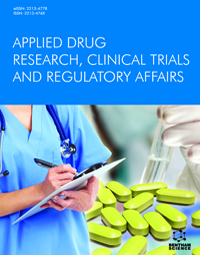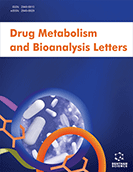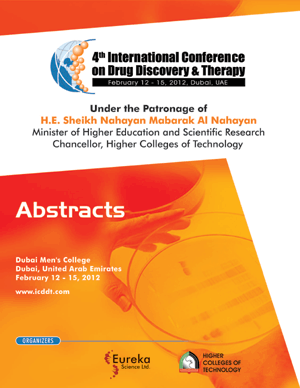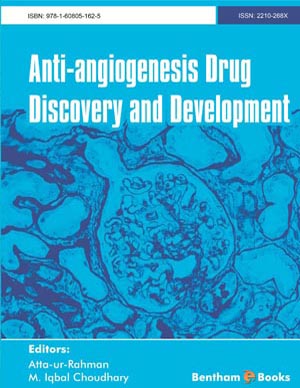Abstract
Gaining insight into the process that ingested nanoparticles/nanodrugs is
crucial to maximize therapeutic advantages and avoid side effects. In the process of
drug development, it is critical to consider how nanodrugs are ingested, how they
interact with body fluids, how particles are absorbed by cells, and how they are
eliminated to achieve effective treatments. In addition, consideration of the toxicity of
the ingested nanoparticles is of utmost significance.
Hence the fate of ingested nanoparticles within the body will be covered in this chapter,
including ingestion, endocytosis, exocytosis, and lastly the toxicity of the ingested NPs
in vivo and in vitro. Initially, the chapter will brief about how the ingested
nanoparticles undergo interactions with proteins in body fluids to form a protein corona
and then will discuss comprehensively the different endocytic routes. Then the
nanoparticle’s excretion from cells which is essential for preserving homeostasis and
receptor function will be discussed. Finally, the toxicity such as DNA damage, protein
damage, cell membrane damage, oxidative stress, inflammation, impaired protein
synthesis, deregulated cellular functions, and neurotoxicity of some commonly used
nanoparticles will be outlined.
Keywords: Cellular damages, Endocytosis, Exocytosis, In-vivo toxicology, Invitro toxicity, Nanoparticles, Neurotoxicity, Oxidative stress.






















